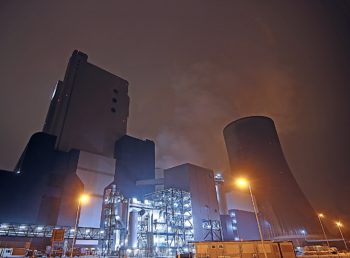 One of the main lines of evidence used by the Obama administration to justify its global warming regulations doesn’t exist in the real world, according to a new report by climate researchers.
One of the main lines of evidence used by the Obama administration to justify its global warming regulations doesn’t exist in the real world, according to a new report by climate researchers.
Researchers analyzed temperature observations from satellites, weather balloons, weather stations and buoys and found the so-called “tropical hotspot” relied upon by the EPA to declare carbon dioxide a pollutant “simply does not exist in the real world.”
They found that once El Ninos are taken into account, “there is no ‘record-setting’ warming to be concerned about.”
“These analysis results would appear to leave very, very little doubt but that EPA’s claim of a Tropical Hot Spot (THS), caused by rising atmospheric CO2 levels, simply does not exist in the real world,” reads the report by economist James Wallace, climatologist John Christy and meteorologist Joseph D’Aleo.
“Also critically important, even on an all-other-things-equal basis, this analysis failed to find that the steadily rising atmospheric CO2 concentrations have had a statistically significant impact on any of the 13 critically important temperature time series analyzed,” they wrote.
When EPA released its CO2 endangerment finding in 2009, it used three lines of evidence to bolster its argument that greenhouse gases threatened human health through global warming.
The crux of EPA’s argument rested on the existence of a “tropical hotspot” where global warming would be most apparent. That is, there should be enhanced warming in the tropical troposphere — the “fingerprint” of global warming.
















